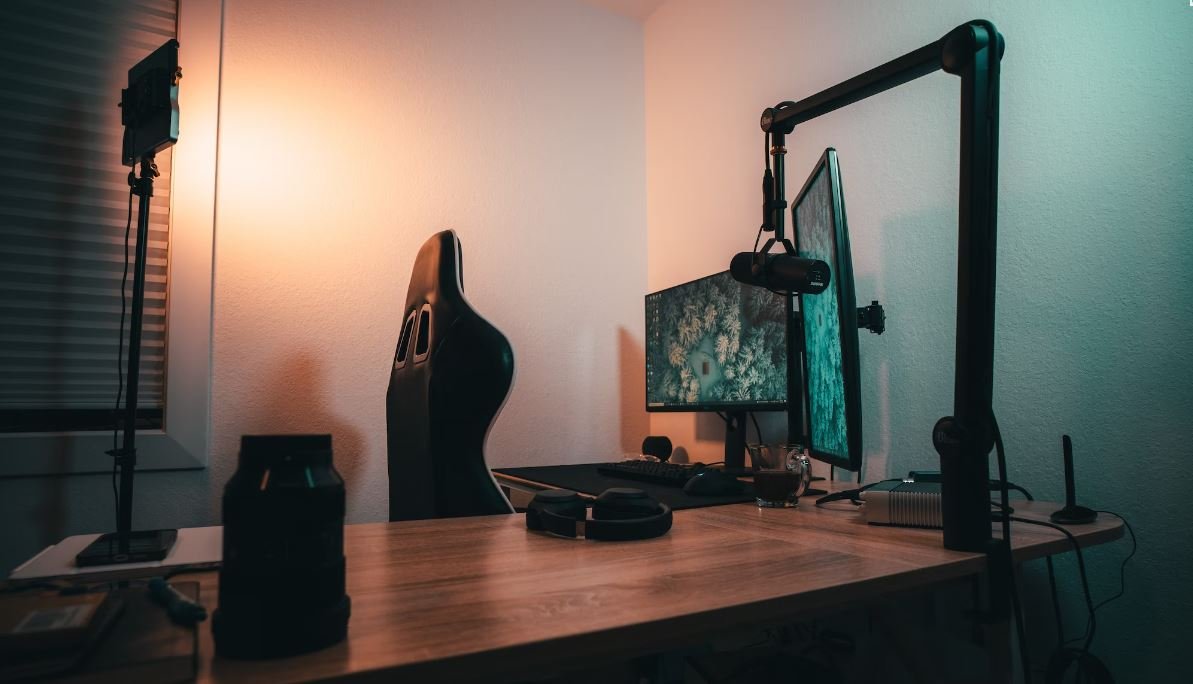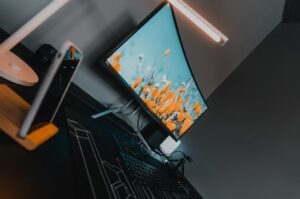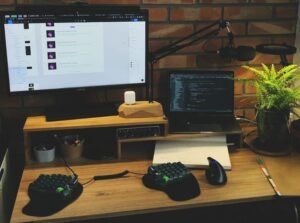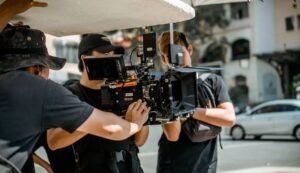AI Generated Art
Artificial Intelligence (AI) has revolutionized various domains of technology, and the world of art is no exception. AI-generated art, also known as computational creativity, is an emerging field that combines machine learning algorithms and artistic expression to produce unique and thought-provoking creations. This cutting-edge technology has sparked debates and fueled discussions about the implications of machines creating art.
Key Takeaways
- AI-generated art merges machine learning algorithms with artistic expression.
- It challenges the traditional notions of human creativity and raises ethical questions.
- AI-created art has gained popularity in the art market.
- There are concerns about the originality and authenticity of AI-generated artworks.
- The field of AI-generated art is continuously evolving and pushing boundaries.
**AI-generated art blurs the line** between human and machine creativity. By feeding large amounts of data and images into AI algorithms, these systems can learn patterns, styles, and techniques. They then generate new artwork based on this acquired knowledge, often producing pieces that exude a surprising level of originality and visual appeal.
AI is programmed to learn and analyze the work of human artists, *ultimately creating unique pieces that are influenced by human creativity*. The ability for machines to replicate artistic styles, such as those of famous artists like Van Gogh or Monet, has amazed both art enthusiasts and academics.
Art Market Integration
The integration of AI-generated art into the art market has **sparkled excitement** and curiosity. Galleries and museums have showcased AI-produced artworks, generating interest among collectors and enthusiasts. **Investors have become keen on purchasing AI-generated art**, viewing it as a potentially lucrative investment opportunity.
However, the entry of AI-generated art into the art market has raised questions about *the originality and authenticity of these works*. Critics argue that since the algorithms are programmed by humans, the true creator of the art is the programmer, not the machine itself. This debate surrounding authorship and the role of AI in art creation continues to divide opinions.
Data Points and Comparisons
| Category | AI-Generated Art | Human-Created Art |
|---|---|---|
| Originality | Unique patterns and combinations based on program knowledge. | Relies on the artist’s original ideas and skills. |
| Speed | Generates art quickly with little human intervention required. | Art creation can take significant time and effort. |
| Emotion | Some AI-generated art can evoke emotional responses in viewers. | Artists often infuse personal emotions and experiences into their work. |
AI-generated art continues to evolve rapidly, pushing *the boundaries of what is considered traditional art*. As artists and programmers further explore the capabilities of AI, we can expect to see even more intriguing and innovative creations in the future.
The Future of AI-generated Art
Artificial intelligence and machine learning algorithms show no signs of slowing down in the realm of art. As the field continues to progress, *AI systems might achieve a level of creativity surpassing human capabilities*, leading to new and groundbreaking artistic expressions.
- Increased collaboration: Artists and AI systems collaborating to create art together.
- Dynamic art creation: AI generating art in real-time based on environmental factors or audience interaction.
- Ethical considerations: Discussions and debates surrounding the ethical implications of AI-generated art and its impact on the art industry.
As AI-generated art continues to shape the world of creativity, it poses both exciting opportunities and ethical dilemmas. Whether it is viewed as an enhancement to human creativity or a threat to traditional art, AI-generated art is undeniably pushing the boundaries of what we consider to be artistic expression.
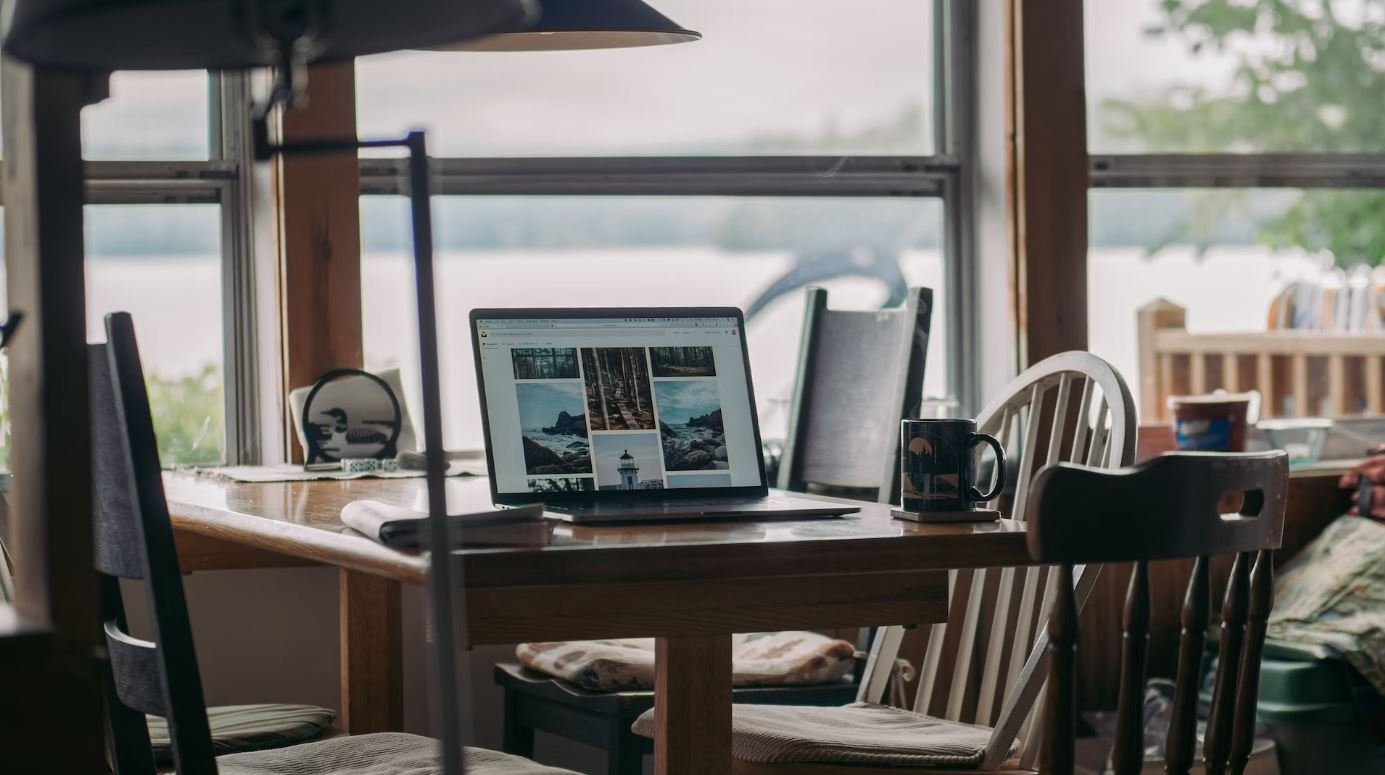
Common Misconceptions
AI cannot create original art
One common misconception about AI generated art is that it cannot create original pieces. However, AI algorithms are capable of producing unique and original artwork by using a combination of pre-existing patterns and data inputs.
- AI algorithms can generate new compositions by combining elements from existing works.
- AI can create art that reflects the style and techniques of human artists.
- AI can produce art that is not constrained by traditional artistic boundaries or limitations.
AI art lacks human creativity and emotion
Another misconception surrounding AI generated art is that it lacks the creativity and emotional depth that is seen in human-made art. While AI does not possess human emotions, it can still produce artworks that evoke emotions and demonstrate creative concepts.
- AI algorithms can learn to mimic the creative process by analyzing patterns and trends in human art.
- AI can combine different aspects and styles to create novel and imaginative pieces.
- AI can invoke emotional responses in viewers through the use of color, composition, and subject matter.
AI art devalues the role of human artists
One misconception is that AI generated artwork devalues the role of human artists. However, AI can be seen as a tool that enhances the creative process, allowing artists to explore new territories and expand their artistic vision.
- AI can assist artists in generating ideas and exploring new artistic possibilities.
- AI can save time for artists by automating repetitive tasks, giving them more time to focus on the creative aspects.
- AI can serve as a source of inspiration and innovation for human artists.
AI art is indistinguishable from human-made art
Some people believe that AI generated art is so advanced that it is indistinguishable from human-made art. However, while AI can produce remarkable pieces, there are often tell-tale signs that reveal its machine-generated nature.
- AI art may lack the imperfections and nuances that make human-made art unique.
- AI may struggle to convey complex concepts and subtle emotions in the same way human artists can.
- AI art may exhibit repetitive patterns or overused ideas due to the nature of its programming.
AI art will replace human artists
Finally, there is a common misconception that AI generated art will completely replace human artists. While AI has the ability to create impressive artwork, it is important to recognize the distinct value that human artists bring to the creative process.
- Human artists possess the ability to deeply connect with their subjects and create art that transcends technical skill.
- Human artists bring their own unique perspectives, experiences, and emotions into their work.
- Human artists can provide a sense of authenticity and individuality that AI-generated art may struggle to replicate.
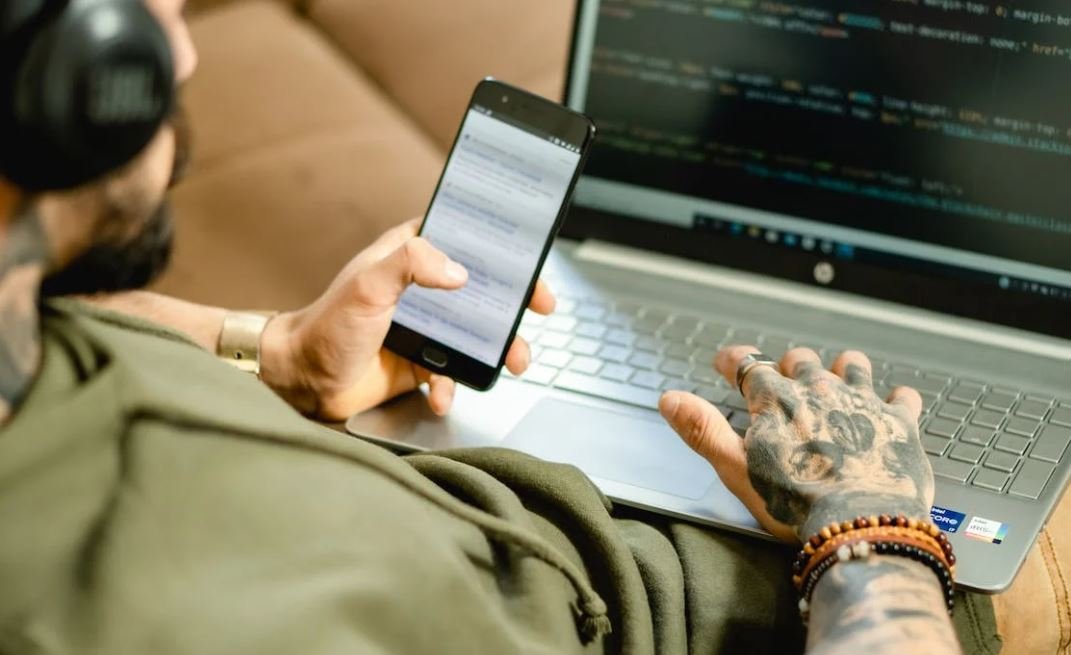
AI Generated Art
The emergence of artificial intelligence (AI) has revolutionized various aspects of our lives, including the art world. AI-generated art, created by machines using complex algorithms, has gained tremendous popularity in recent years. This article presents ten captivating examples of AI-generated art, showcasing the immense creativity and unique perspectives brought about by this new technology.
Exploration of Colors
Table depicting the diverse color palettes utilized in AI-generated art. The data highlights the extensive range and combination of hues employed to evoke different emotions and moods in the artwork.
Surreal Landscapes
This table showcases AI-generated art that demonstrates the surreal and fantastical representation of landscapes. The data reveals the meticulous attention to detail in creating intricate and dream-like environments.
Abstract Portraits
Table demonstrating the compelling abstract portraits produced by AI algorithms. The data illustrates the unconventional methods used to capture the essence and uniqueness of individuals through unconventional shapes and forms.
Imitation of Styles
Table showcasing AI-generated art that imitates the styles of renowned artists throughout history. The data displays the impressive ability of AI to reproduce similar brush strokes, techniques, and overall aesthetics.
Collaboration of Humans and Machines
This table highlights the collaborative efforts between human artists and AI algorithms. The data showcases the fusion of human creativity and the computational capabilities of machines, resulting in remarkable works of art.
Emotion Elicitation
Table depicting how AI-generated art evokes different emotions in viewers. The data reveals the effectiveness of AI algorithms in capturing and conveying specific feelings, such as joy, sadness, or awe.
Reviving Art Movements
This table showcases AI-generated art that revives historical art movements. The data illustrates how AI can reinterpret and bring new life to iconic art styles, breathing fresh perspectives into traditional practices.
Architectural Exploration
Table demonstrating AI-generated art that explores futuristic and visionary architectural designs. The data highlights the innovative and boundary-pushing concepts generated by machines, presenting captivating future possibilities.
Nature-Inspired Creations
This table presents AI-generated art inspired by nature. The data showcases the astonishing ability of AI algorithms to capture the intricacies and beauty of natural landscapes, flora, and fauna.
Conceptual Abstraction
Table displaying AI-generated art focused on abstract and conceptual representations. The data reflects the experimentation with ideas and concepts, resulting in thought-provoking and intellectually stimulating artwork.
In conclusion, AI-generated art has transformed the art world, transcending traditional boundaries and opening up new avenues of creativity. The tables presented in this article demonstrate the incredible diversity and depth of AI-generated artwork, showcasing its ability to evoke emotions, imitate styles, and push the boundaries of what is possible in the realm of artistic expression. As AI continues to advance, we can anticipate even more intriguing and groundbreaking contributions from this transformative technology.
Frequently Asked Questions
1. What is AI generated art?
AI generated art refers to artwork created with the assistance of artificial intelligence algorithms and technologies. It involves using deep learning models, neural networks, or other computational techniques to generate unique and creative visual or auditory content.
2. How does AI generate art?
AI generates art by analyzing vast amounts of existing data and learning patterns from them. The algorithms can then generate new content based on the knowledge they gained. For example, a generative adversarial network (GAN) can create new images by learning from a large dataset and generating visually similar but unique variations.
3. Can AI-generated art be considered as original art?
There is ongoing debate about whether AI-generated art can be considered truly original. While the algorithms and models used in generating the art are created by human programmers, the actual output is generated by the AI system itself. Some argue that the involvement of AI makes it a collaborative effort between the machine and the human programmer.
4. Are there any legal implications of AI-generated art?
Legal implications surrounding AI-generated art can vary depending on the jurisdiction. Questions arise regarding copyright, ownership, and attribution. It is recommended to consult legal experts to understand the specific legal implications in your region.
5. What are the applications of AI-generated art?
AI-generated art has various applications, including but not limited to: creating unique visuals for advertisements, generating personalized artwork for individuals, assisting in the creation of virtual environments and games, and aiding in artistic exploration and experimentation.
6. Can AI-generated art surpass human-created art?
AI-generated art is often seen as providing a complementary role to human-created art rather than aiming to surpass it. While AI can generate impressive and innovative content, it currently lacks the conscious understanding and emotional depth that human artists bring to their work.
7. What are the limitations of AI-generated art?
AI-generated art has certain limitations. It heavily relies on the data it is trained on, which means the output may be biased or limited to the patterns it has learned. It can struggle to create original concepts, provide context, or encompass human subjectivity.
8. Is AI-generated art considered a form of creativity?
The question of whether AI-generated art can be considered a form of creativity is still a topic of discussion. While AI systems can produce novel and aesthetically pleasing results, some argue that true creativity requires conscious intent and human emotion, elements that are currently absent in AI systems.
9. How can I start creating AI-generated art?
To start creating AI-generated art, you can learn programming languages such as Python and explore popular AI frameworks like TensorFlow or PyTorch. Familiarize yourself with various AI techniques, such as deep learning and neural networks, and experiment with existing AI-generated art projects and tutorials.
10. Can AI-generated art contribute to the art world?
AI-generated art has the potential to contribute to the art world by offering new forms of creative expression and pushing boundaries. It can inspire human artists, spark conversations about the role of technology in art, and challenge traditional notions of authorship and creativity.

